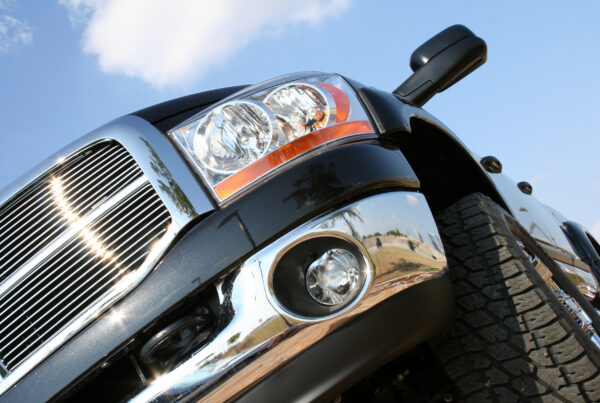Last month there was chatter about whether the sale of dual-cab utes could be affected by proposed changes to fringe benefit tax rulings.
Changes being considered by the ATO would allow up to 750km of annual private travel in company vehicles, with single return journeys limited to 200km stints. Small 2km deviations or incidental trips en route between workplace and home would also be allowed.
With the increasing reliance on data in business – particularly around the use of fleet vehicles – Australasian Fleet Management Association (AFMA) executive director Mace Hartley says this could be the opportunity businesses need to consider using telematics systems.
The FBT changes aren’t really anything drastic or new, just more defined, Hartley says.
“The rules have always been there, people have just taken a very liberal view of the law whereas this tightens it up. Companies will have to start monitoring what personal usage looks like.
“The draft ruling provides something you can adopt for clarity as a business but you have to understand what kilometres your staff are using if you’re going to rely on it.”
Keeping track of vehicle use was something of a thorn in the side of fleet managers before the advent of digital in-vehicle logging systems, known as telematics.
“At the very least, this will mean employee declaration. The next step would be a logbook or telematics systems which would provide added benefits to the business as well as meeting those FBT personal usage compliance,” Hartley says.
“How do you know where your tool-of-trade vehicles are? How much personal use is going on? If you’re seeing lots of personal use, you’re probably paying for the fuel.
“I know one company that has embraced telematics specifically because of the FBT problem.”
Telematics propose to solve multiple problems in running large numbers of vehicles and smaller, low-volume fleets which can often accumulate kilometres quicker than larger fleets. Hartley says considering telematics technology has just assumed greater importance.
“The problem with FBT is the ATO can pick up something in the future and backdate penalties,” he says.
“The guideline’s being issued to help businesses know better what minor and infrequent usage is but in making it more specific, businesses need to make sure they comply.”
Old paper-based methods of record keeping are susceptible to human error and, at the very least, employees will be held more accountable for their use of company vehicles by the company.
“They either need a logbook, which nobody does accurately and they’re flawed, or they need to sign a declaration saying they won’t go over the restrictions,” Hartley says.
The ATO’s clarity will also test company policies.
“There’s no point putting policies in place and letting them sit in a draw – they’ll need to test the veracity of them.
“The guideline presents some potential opportunities and clarity for businesses, but they’ll have to review and determine how people have done their mileage.”
He says the definitions have long been murky and that has led to both the popularity of dual-cabs and the increase in personal use.
“If someone’s doing 50,000 work kilometres a year, the school drop-off each day certainly fails the ‘infrequent’ definition but by percentage, it might be okay on the ‘minor’ definition. It’s grey,” he says.
“Whilst our members have followed the legislation, this guidance paper may require them to increase their monitoring of private usage.”
Regardless, Hartley’s not convinced the mighty dual-cab ute is going to be downwardly fazed by the guideline – in fact, it could be the opposite.
“I don’t think it’ll have much effect on the number or type of cars that are bought,” he says.
“It might make a situation where even more dual-cabs like the Hilux are sold, rather than single-cab – because they’re both FBT exempt but you can’t take the family in the single-cab, and it also makes sense that more than two employees may need to be driven around.”
Ultimately, Hartley’s expecting businesses to cop additional costs overseeing and better monitoring how fleet vehicles are used.
“While they’re providing these safe harbour rules, for most organisations it will be problematic because the obligation is on the employer to demonstrate they claimed the exemption based on evidence. The only way to do that is with a declaration.
“It’s absolutely going to be difficult to enforce and it will cost businesses so they can demonstrate they’re adhering. This will cost because people who’ve taken the most broad view of the exemption haven’t been paying FBT and probably should’ve been.”
But knowing how fleet assets are being used, particularly using telematics systems, can have added benefits, he says.
“Most organisations investing in telematics systems are likely to see other benefits, save money on FBT and make the whole exercise cost neutral.
“There are hundreds of telematics providers out there now – Teletrac Navman, Smartrak, plenty to choose from.
“But whatever path you take you need to make it clear, validate what you’re doing and be able to measure it.”
This article was first featured in this month’s edition of AutoTalk and has been republished with permission.




















